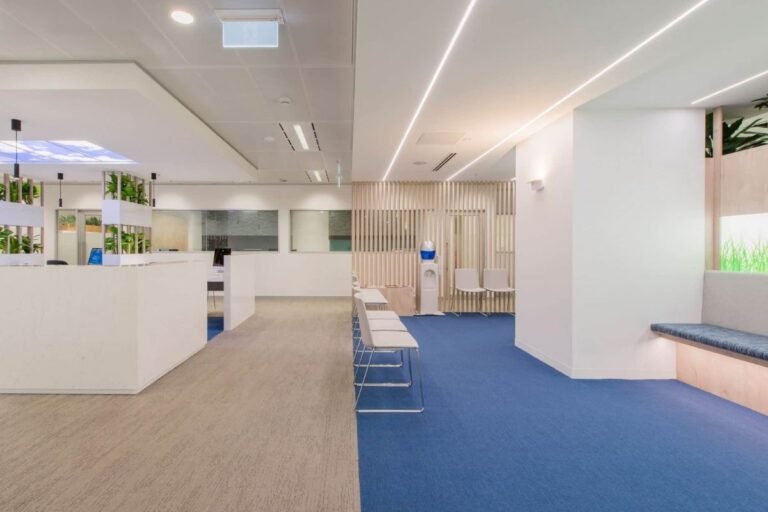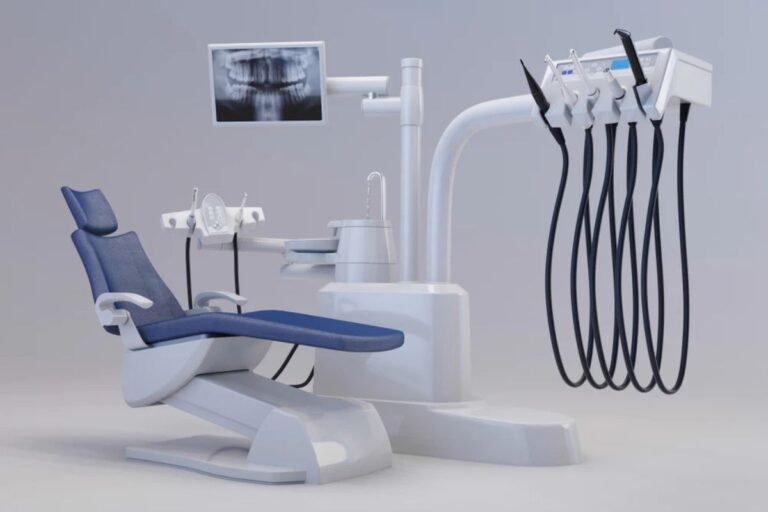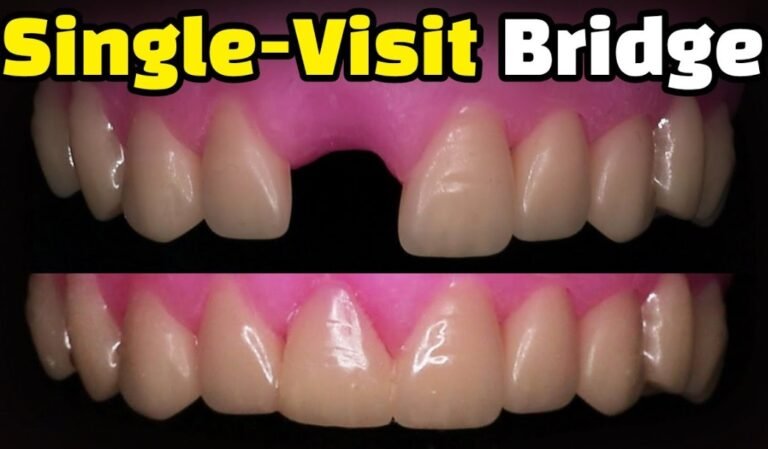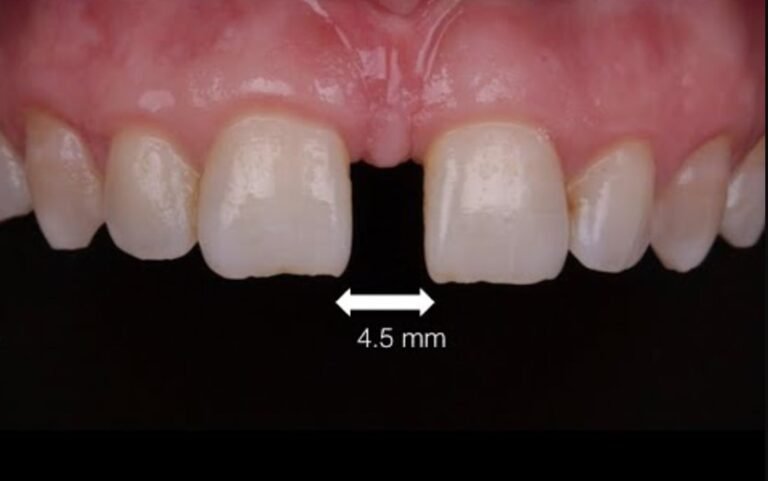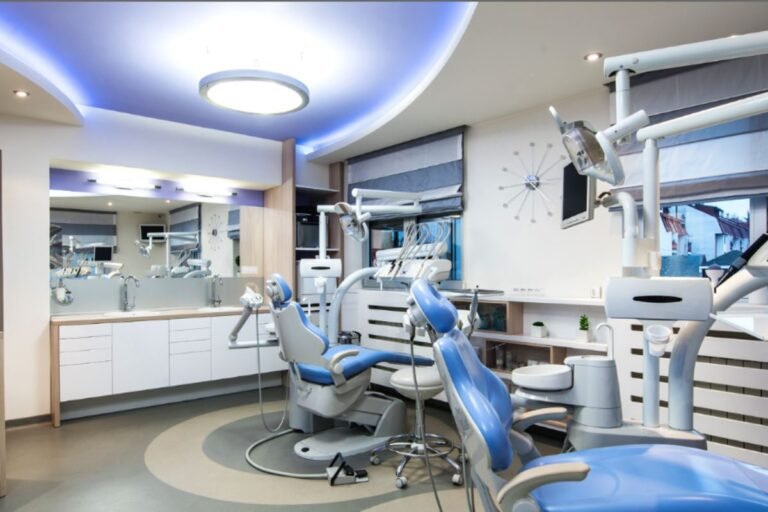How to Create a Welcoming Reception Area for Your Dental Practice
The reception area of a dental practice is the first point of contact for patients, and it plays a crucial role in setting the tone for their entire visit. The importance of first impressions cannot be overstated; they are formed within seconds and can significantly influence how patients perceive their overall experience. A well-designed, welcoming reception area can make patients feel comfortable, reduce anxiety, and enhance their perception of the quality of care they are about to receive.
The Importance of First Impressions
The psychology behind first impressions is rooted in evolutionary biology. Our brains are wired to make quick judgments about our surroundings and the people we encounter to assess potential threats and opportunities. In the context of a dental practice, a welcoming reception area can help create a positive first impression, which can influence patients’ perception of the practice and their willingness to return.
The Role of the Reception Area in Patient Experience
The reception area sets the tone for the dental visit. It is where patients first interact with the practice, and it can create a comfortable and stress-free environment. A well-designed reception area can help patients feel more relaxed and at ease, which can lead to a more positive overall experience.
II. Designing a Welcoming Space
Color Psychology in Dental Design
Colors play a significant role in influencing mood and emotions. In a dental practice, choosing calming and soothing colors such as blues, greens, and pastels can help reduce anxiety and create a serene atmosphere. These colors can have a calming effect on patients, helping them feel more at ease.
Furniture and Seating
Comfortable and stylish seating options are essential for a welcoming reception area. Ergonomically designed chairs can enhance patient comfort, making their wait time more pleasant. Additionally, stylish furniture can contribute to the overall aesthetic appeal of the space, creating a more inviting environment.
Lighting and Acoustics
Lighting and acoustics are crucial elements in creating a serene atmosphere. Soft, diffused lighting can create a calming ambiance, while minimizing noise distractions can help patients feel more relaxed. Acoustic panels and sound-absorbing materials can be used to reduce noise levels and create a more peaceful environment.
III. Enhancing the Patient Experience
Receptionist Training
The demeanor and communication skills of receptionists play a vital role in enhancing the patient experience. A warm and friendly demeanor can make patients feel welcome and valued. Effective communication and active listening skills are essential for understanding patients’ needs and addressing their concerns.
Digital Check-In and Waiting Room Technology
Implementing digital check-in and waiting room technology can streamline the check-in process, reducing wait times and enhancing efficiency. Providing entertainment and information through digital displays can keep patients engaged and informed during their wait.
Sensory Elements
Incorporating pleasant scents and soothing music can create a more relaxing environment. Natural elements such as plants and artwork can also enhance the aesthetic appeal of the reception area and create a more inviting atmosphere.
IV. Practical Tips for Implementation
Budget-Friendly Design Ideas
Creating a welcoming reception area doesn’t have to be expensive. DIY decor and upcycling can help keep costs down. Affordable furniture and lighting solutions can be found at various retailers, allowing for a stylish and comfortable space without breaking the bank.
Maintaining a Clean and Organized Space
Regular cleaning and sanitization are essential for maintaining a welcoming reception area. A clean and organized space can help patients feel more comfortable and confident in the quality of care they are receiving. Decluttering and organizing can also contribute to a more pleasant environment.
Adapting to Different Patient Needs
It’s important to accommodate patients with disabilities by ensuring that the reception area is accessible and welcoming. Creating a child-friendly environment with toys, books, and child-sized furniture can also enhance the experience for younger patients and their families.
V. Conclusion
A welcoming reception area is crucial for creating a positive first impression and enhancing the overall patient experience. By focusing on design elements such as color, furniture, lighting, and acoustics, as well as enhancing the patient experience through receptionist training and technology, dental practices can create a comfortable and inviting space.
Investing in a welcoming reception area can lead to increased patient satisfaction and loyalty, positive word-of-mouth referrals, and an improved overall practice reputation. A well-designed reception area can make a lasting impact on patients, contributing to the long-term success of the practice.


